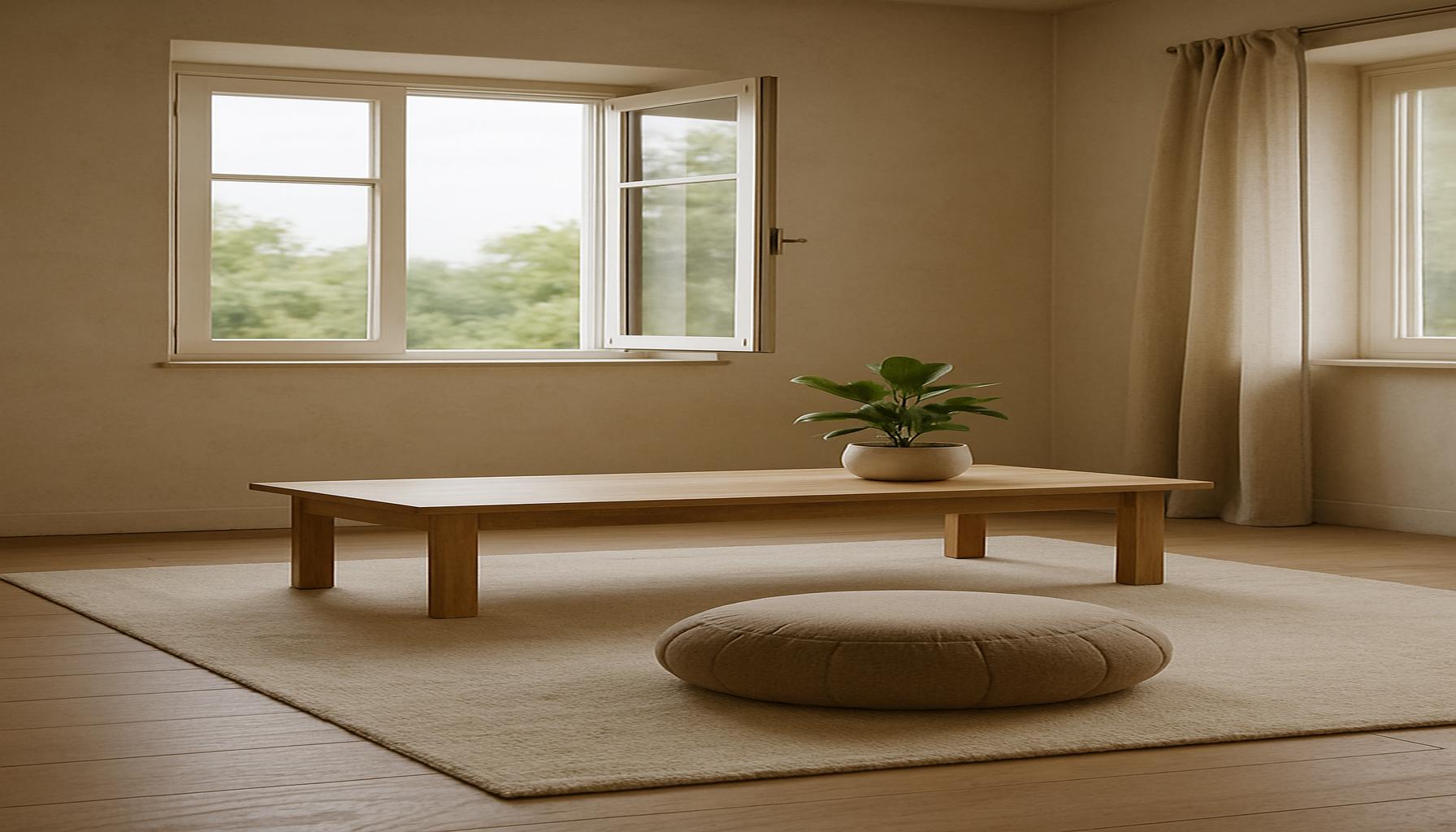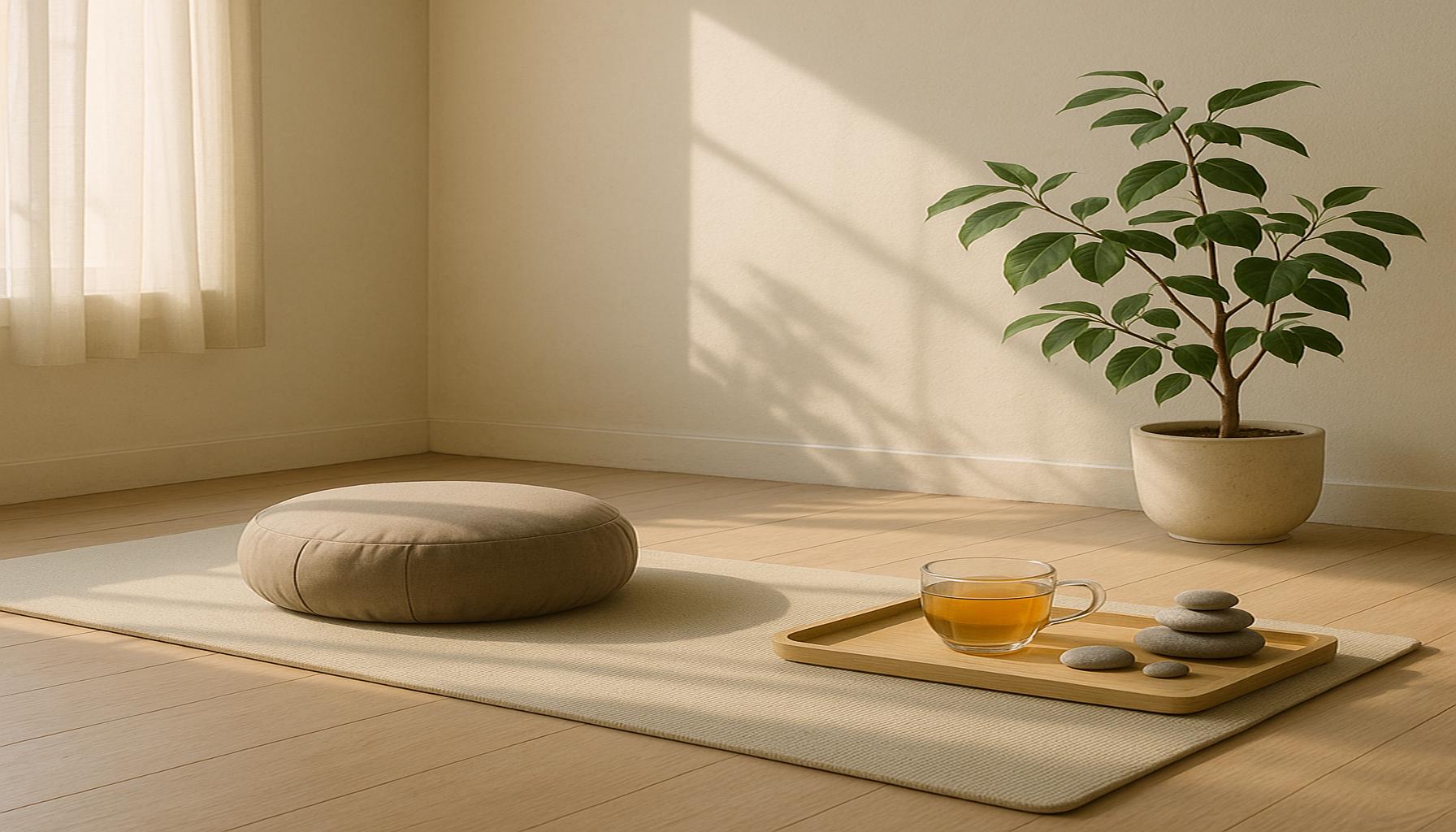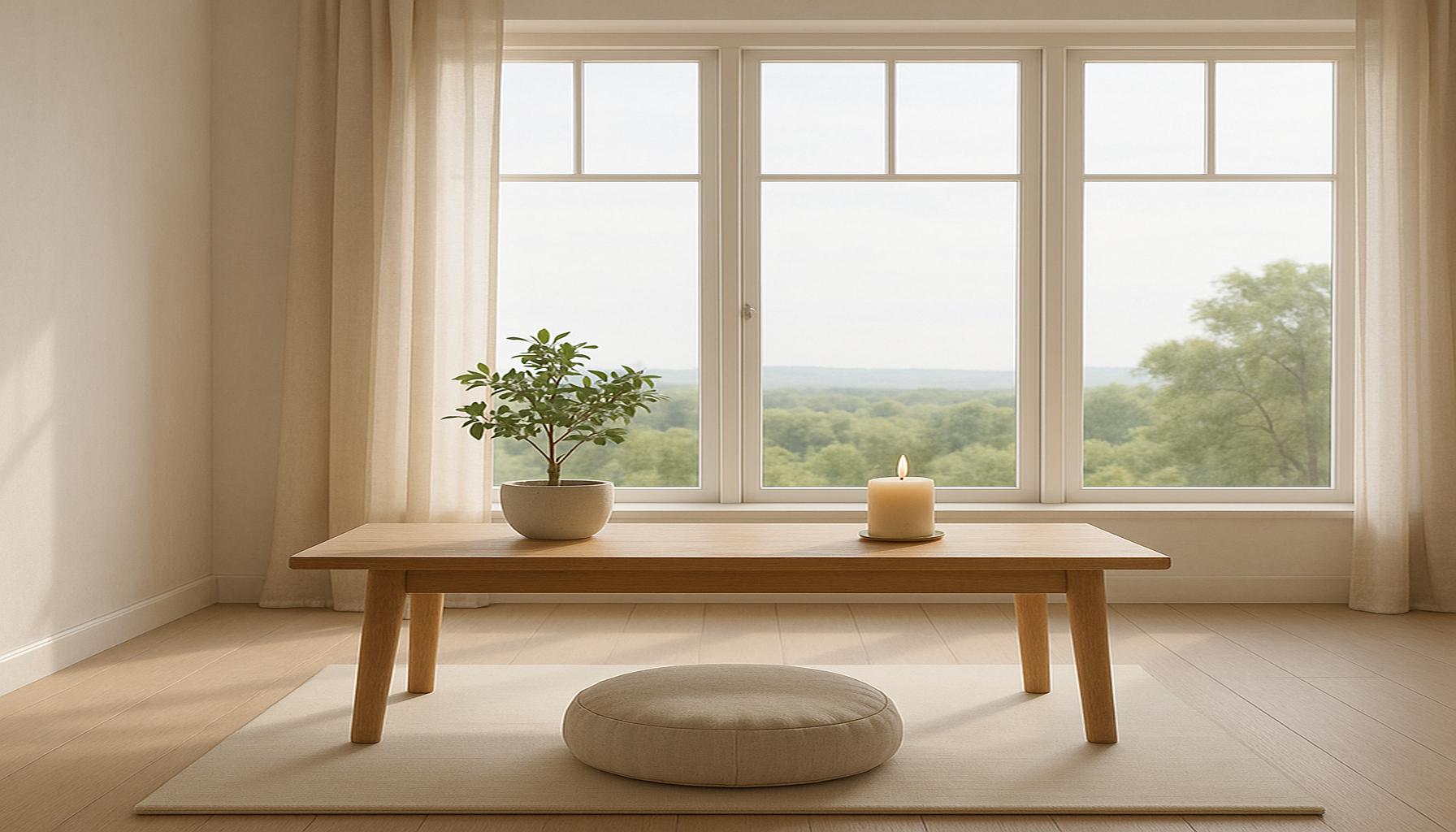Mindfulness Practice Simplifying Minimalist Living Effortlessly
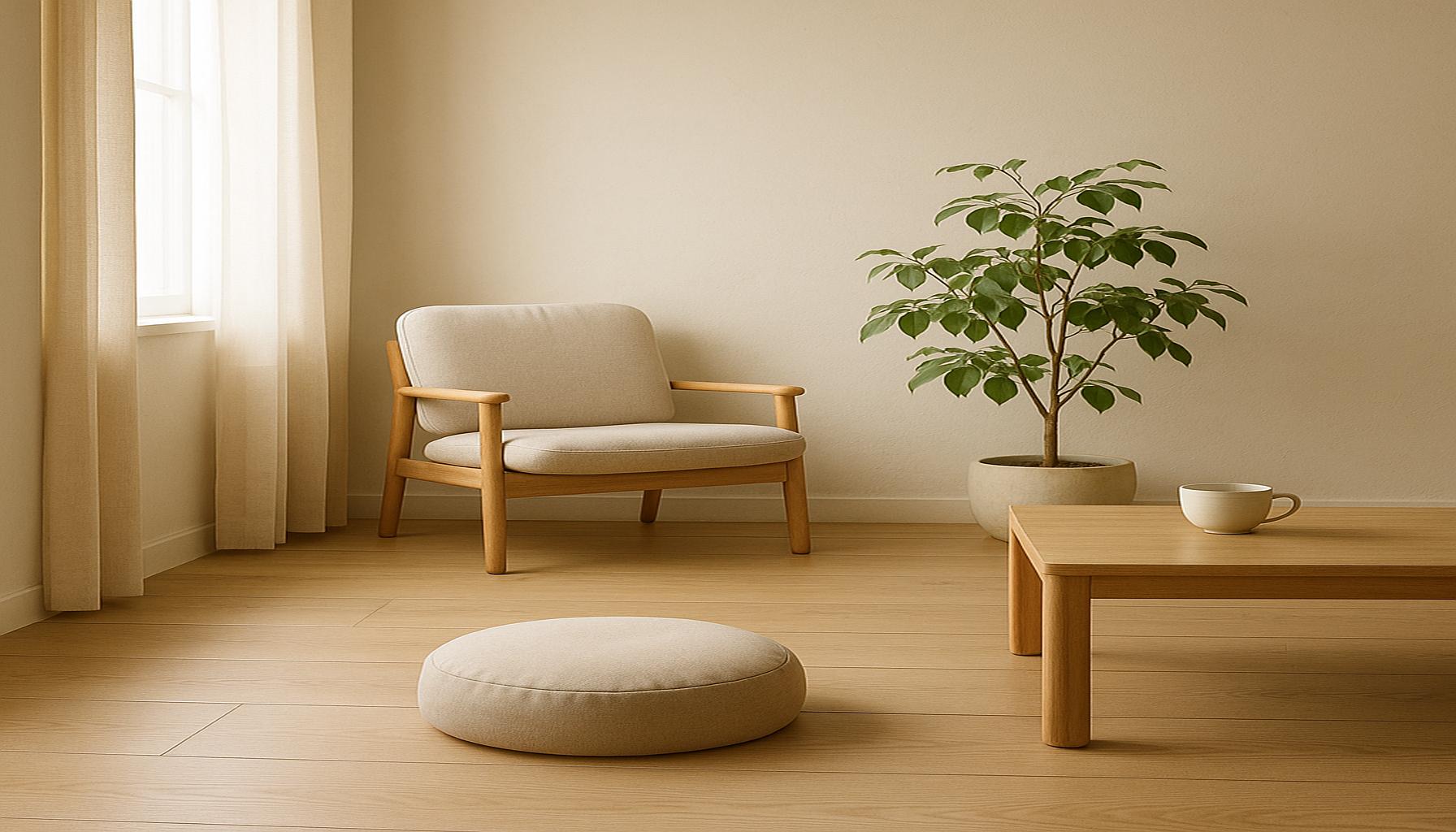
Unlocking Simplicity Through Mindfulness
In a world overflowing with distractions, the philosophy of minimalism emerges as a guiding light toward a more intentional life. This approach encourages us to declutter not just our physical spaces, but also our mental landscapes. The practice of mindfulness serves as a powerful tool within this paradigm, helping individuals embrace simplicity and cultivate a sense of peace amid chaos.
Understanding the relationship between mindfulness and minimalism is crucial for anyone seeking to enhance their personal organization. By focusing on the present moment, mindfulness enables us to recognize what truly matters and let go of unnecessary attachments. This synergy leads to a more fulfilling and simplified lifestyle.
Are you ready to dive deeper? In this article, we’ll explore the Top 5 mindfulness practices that can significantly enhance your minimalist journey. Each practice offers a unique way to clear mental clutter and foster a life of intention.
5. Mindfulness as a Daily Practice
Integrating mindfulness into daily activities doesn’t need to be complicated. Many people think it requires special time carved out of the day, but this is a misconception. Mindfulness can be practiced during routine activities. Whether washing dishes, eating, or commuting, being present in these moments can effectively contribute to a simplified and meaningful life. This approach encourages a shift from mundane to mindful, where every action becomes an opportunity for self-awareness.
A simple yet effective way to incorporate mindfulness is through mindful eating. When you sit down to eat, take a moment to appreciate the meal in front of you. Notice the colors, textures, and scents before taking your first bite. As you chew, pay close attention to the flavors and sensations in your mouth. This practice not only enhances the enjoyment of meals but can also lead to healthier eating habits.
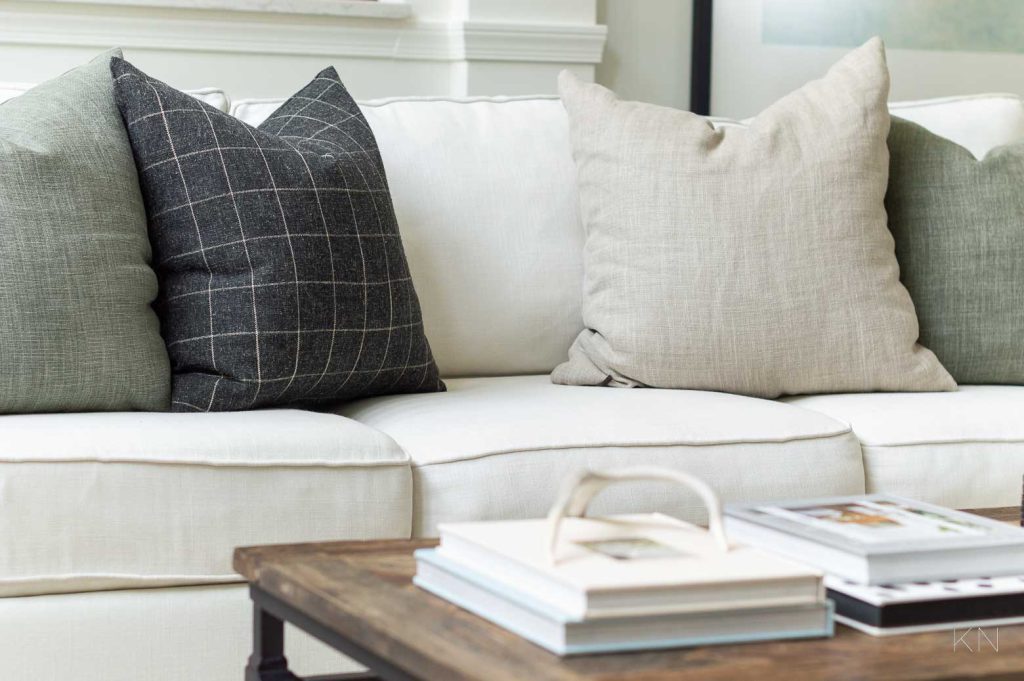
During your daily commute, try practicing focused breathing. Instead of dwelling on the traffic or arrangements for the day ahead, center your attention on your breath. Inhale deeply through your nose, hold it for a moment, and exhale slowly through your mouth. This simple exercise can transform a potentially stressful journey into a calming ritual.
Similarly, being fully present during conversations can improve interpersonal relationships. When speaking with someone, truly listen to what they are saying without planning your next response. This active engagement shows respect and increases empathy, fostering deeper connections.
These small yet impactful shifts in daily routines underline the beauty of mindfulness, encouraging us to embrace each moment as it comes. Over time, these practices help cultivate a minimalistic mindset, where appreciation for simplicity and authenticity grows naturally.
4. Creating a Mindful Environment
The environment we inhabit plays a pivotal role in our mental well-being. Our surroundings can either contribute to stress or promote peace and relaxation. Adopting a minimalist approach to living involves decluttering our spaces, and when combined with mindfulness, this process becomes even more transformative.
Removing items that no longer serve a purpose or bring joy is the first step. In the words of organizing consultant Marie Kondo, items that “spark joy” should be prioritized. This concept encourages a more meaningful relationship with the belongings we choose to keep.
In addition, incorporating elements that promote relaxation can greatly enhance the atmosphere of your home. Adding indoor plants is a simple way to bring nature indoors, improving air quality while instilling a sense of calm. Alternatively, select artwork or decor that inspires serenity, creating visual reminders of peace throughout your space.
Designating specific zones for relaxation and reflection is another vital aspect of creating a mindful environment. Have a quiet corner furnished with a comfortable chair and soft lighting as your reading or meditation area. This space can become your personal sanctuary, where you can disconnect from the noise of the outside world.
A mindful environment aligns well with a minimalistic lifestyle by reinforcing clarity and intention. It provides a setting where we can focus on what truly matters to our well-being.
3. Enhancing Focus and Intentional Living
Mindfulness encourages living with intention, a principle deeply woven into the fabric of minimalism. This intentionality involves a conscious evaluation of our possessions and commitments to better understand our priorities and values.
One way to cultivate intentional living is through regular reflection on your goals and activities. Setting aside time each day or week to review what you’ve accomplished not only helps in tracking progress but also in reassessing goals, ensuring they align with your current life circumstances and values.
Prioritizing tasks based on significance is another effective strategy. When inundated with numerous responsibilities, it becomes easy to work reactively rather than proactively. By ranking tasks by importance and aligning them with your core values, you create a focused framework for accomplishment.
Additionally, limiting multitasking can greatly enhance focus. In our fast-paced world, multitasking is often seen as a required skill; however, it can fragment attention and increase stress. Instead, try tackling one task at a time. This shift can boost productivity and cultivate a deeper sense of fulfilment and control over your work.
Ultimately, living intentionally encourages a life filled with purpose. It mirrors essential principles of minimalism, ensuring that our daily actions and decisions reflect what we truly value.
2. Reducing Stress through Mindfulness
A significant aspect of minimalism involves reducing stress. Mindfulness serves as a powerful tool in this endeavor. By anchoring ourselves in the present moment, we can alleviate anxiety and worry associated with material possessions and obligations.
Engaging in daily meditation, even for a few minutes, can have a profound impact on stress levels. Setting aside time to sit quietly and focus inward helps clear mental clutter and fosters a sense of calm and mindfulness.
Another effective method is deep breathing exercises. These can be utilized whenever you feel overwhelmed. By concentrating on deep, measured breaths, you can invoke the parasympathetic nervous system, countering the stress response and inducing a state of relaxation.
Scheduling regular technology breaks is also crucial. Our constant connectivity often leads to information overload, which can be overwhelming. Taking time out to disconnect from devices and engage with your thoughts promotes mental clarity and peace.
By incorporating these practices, we can lead more relaxed focused lives, which is integral to maintaining a minimalistic approach to living. Stress reduction through mindfulness fosters an environment of mental simplicity, reflecting the understated elegance of minimalism.
1. The Power of Presence in a Minimalist Lifestyle
At the core of both mindfulness and minimalism lies the transformative power of being present. The ability to anchor ourselves in the moment allows us to experience life fully and appreciate its depth and simplicity. Practicing presence nurtures a mindset that values experiences over possessions.
When we cultivate presence, we begin to notice the beauty in simplicity. This could be as ordinary as the fragrance of a flower or as common as the sound of rain. These everyday moments hold a charm that often goes unnoticed but, when appreciated, add richness to our lives.
Moreover, by appreciating small joys, we learn to find contentment in the mundane. A warm cup of coffee or the embrace of a loved one takes on profound meaning when savored mindfully. Each moment offers an opportunity for gratitude and mindfulness.
Presence also has the power to deepen our relationships. When we genuinely engage with others, setting aside distractions to truly listen and connect, we foster trust and strengthen bonds. Relationships become more meaningful when we are present at the moment.
Practicing presence ultimately guides us toward a life filled with intentionality and mindfulness. As we embrace mindfulness as part of our daily routine, we simplify the complex and find joy in what truly matters. This synthesis of mindfulness and minimalism presents a path to a more enriched, fulfilling life, emphasizing quality over quantity and experiences over materialism.
| Mindfulness Benefits | Key Characteristics | Positive Aspects | Potential Challenges | Ideal Practitioners |
|---|---|---|---|---|
| Enhanced Focus | Mindfulness encourages individuals to concentrate solely on the present moment. | Improved productivity and reduced distractions lead to more effective task completion. | Learning to focus can take time and patience, which may frustrate some individuals. | Busy professionals or students seeking to optimize their time management. |
| Stress Reduction | Mindfulness practices often include meditation and breathing techniques that calm the mind. | Lower cortisol levels lead to a more peaceful mindset, thus easing tension. | Some may find it difficult to quiet their minds, experiencing initial discomfort. | Individuals dealing with high stress or anxiety-related issues. |
| Improved Relationships | Mindfulness promotes active listening and greater empathy. | Stronger connections with others can be cultivated through better communication skills. | Challenges may arise in dealing with complex emotions during discussions. | Those looking to enhance their interpersonal skills or resolve conflicts. |
| Simplicity in Decision-Making | Mindfulness helps clarify values and priorities, simplifying choices. | Allows for greater clarity in determining what truly matters, which reduces overwhelm. | Overthinking can sometimes occur when trying to evaluate all options thoroughly. | Individuals struggling with indecision or those seeking direction in life. |
Frequently Asked Questions About Mindfulness and Minimalism
What is the connection between mindfulness and minimalism?
The connection between mindfulness and minimalism lies in their shared focus on living intentionally and simplifying one’s life. Mindfulness encourages individuals to be present in the moment, leading to a deeper appreciation of their surroundings and reducing mental clutter. Similarly, minimalism promotes decluttering physical spaces, creating a serene environment. Together, they foster a lifestyle that values quality over quantity, helping individuals achieve a sense of balance and clarity. By integrating mindfulness into minimalism, one can cultivate a more focused and intentional lifestyle.
How can mindfulness practices help simplify a minimalist lifestyle?
Mindfulness practices can significantly simplify a minimalist lifestyle by guiding individuals to become more conscious of their choices and actions. Techniques such as meditation, deep breathing, and mindful walking enhance awareness, enabling individuals to recognize what truly matters to them. By being present and attentive, one can make more intentional decisions about what possessions to keep and what to let go of, aligning their physical space with their values and desires.
Are there specific mindfulness techniques that align well with minimalism?
Yes, several mindfulness techniques complement the minimalist lifestyle effectively. Meditation is a fundamental practice that develops focus and inner calm, helping individuals declutter their minds. Mindful decluttering involves attentively sorting through belongings and contemplating their purpose and value, promoting a more organized living space. Gratitude journaling shifts focus to life’s essential aspects, fostering contentment and reducing the desire for material possessions. These techniques encourage an internal and external environment of simplicity and peace.
Can practicing mindfulness lead to a more sustainable minimalist lifestyle?
Indeed, practicing mindfulness can lead to a more sustainable minimalist lifestyle by fostering long-term habits of intentionality and awareness. By regularly engaging in mindfulness, individuals become better at recognizing impulsive consumption patterns and the societal pressures that drive them. This heightened awareness ensures that their minimalist choices are more thoughtful and enduring. Mindfulness supports a lifestyle where resources are used judiciously, and decisions are aligned with personal values, ultimately contributing to sustainability.
Does practicing mindfulness require significant time commitment?
One of the advantages of mindfulness is its flexibility regarding time commitment. While dedicating time to practices like meditation and mindful reflection yields deeper results, mindfulness can also be integrated into daily routines without significant disruption. Simple actions such as paying full attention while eating or practicing deep breathing throughout the day can be effective. The key is consistency rather than duration, making it accessible to anyone, regardless of their schedule. By incorporating mindfulness naturally into daily life, individuals can embark on a journey toward minimalism that feels effortless and enriching.
Conclusion
The integration of mindfulness into a minimalist lifestyle offers a profound avenue for achieving not only simplicity but also balance. Through the practice of mindfulness, individuals are encouraged to cultivate a conscious awareness of their surroundings and their inner experiences. This awareness empowers one to make deliberate choices about what truly matters, thus aligning perfectly with the principles of minimalism.
A key takeaway from our discussion is that mindfulness facilitates a deeper understanding of personal values and priorities, which is essential to decluttering both physical and mental spaces. By being present and attentive, the mindful minimalist can appreciate the beauty of “less is more” in every aspect of life, from material possessions to commitments and even relationships.
This holistic approach also promotes greater emotional resilience and mental clarity, reducing the noise often associated with our fast-paced lives. Practicing mindfulness encourages us to slow down, breathe, and engage with life more meaningfully. Moreover, when applied consistently, it supports sustainable minimalism by fostering habits that are not just about shedding excess but about embracing essentials.
In conclusion, mindfulness is not merely a tool but an integral component in simplifying life through minimalism. As individuals lean into mindfulness, they find themselves more capable of steering their lives in a purposeful direction, one that is aligned with their core values. The intersection of mindfulness and minimalism thus offers a compelling framework for those seeking new perspectives on personal organization and contentment. As societal interest in these practices continues to grow, the transformative power of their combination is certainly worthy of further exploration.
